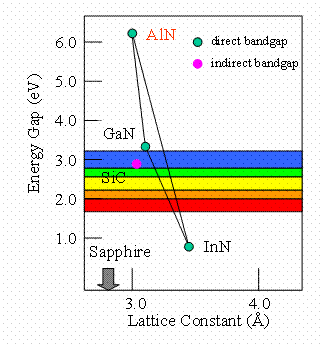

Furthermore, the created 2D SiC shows visible-light emission, indicating its potential applications for light-emitting devices and integrated microelectronics circuits. Our results suggest a strong correlation between the thickness of the nanosheets and the intensity of the longitudinal optical (LO) Raman mode. 2D SiC also shows interesting Raman behavior, different from that of the bulk SiC. Unlike many other 2D materials such as silicene that suffer from environmental instability, the created 2D SiC nanosheets are environmentally stable, and show no sign of degradation. This work demonstrates, for the first time, the successful isolation of 2D SiC from hexagonal SiC via a wet exfoliation method. Additionally, bulk SiC exists in more than 250 polytypes, further complicating the synthesis process, and making the selection of the SiC precursor polytype extremely important. Adjacent atoms of SiC bond together via covalent sp 3 hybridization, which is much stronger than van der Waals bonding in layered materials. Experimentally, however, the growth of 2D SiC has challenged scientists for decades because bulk silicon carbide is not a van der Waals layered material. Theoretical studies have predicted that 2D SiC has a stable planar structure and is a direct band gap semiconducting material. This paper reports the successful synthesis of true two-dimensional silicon carbide using a top-down synthesis approach.


 0 kommentar(er)
0 kommentar(er)
